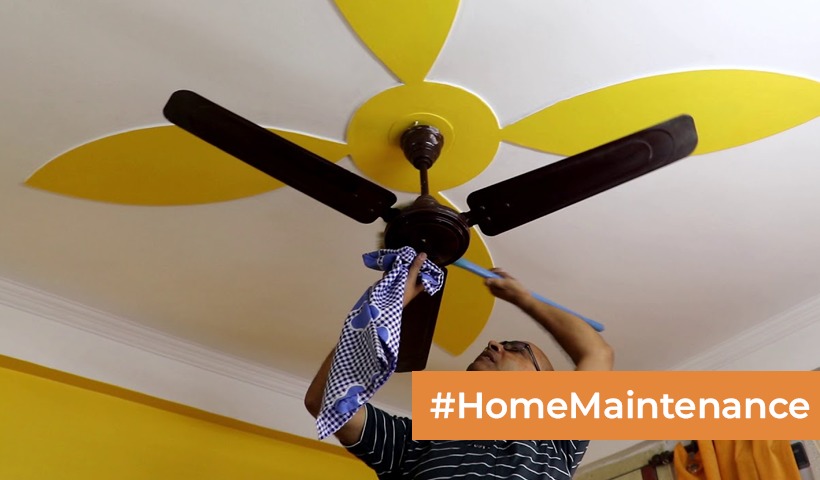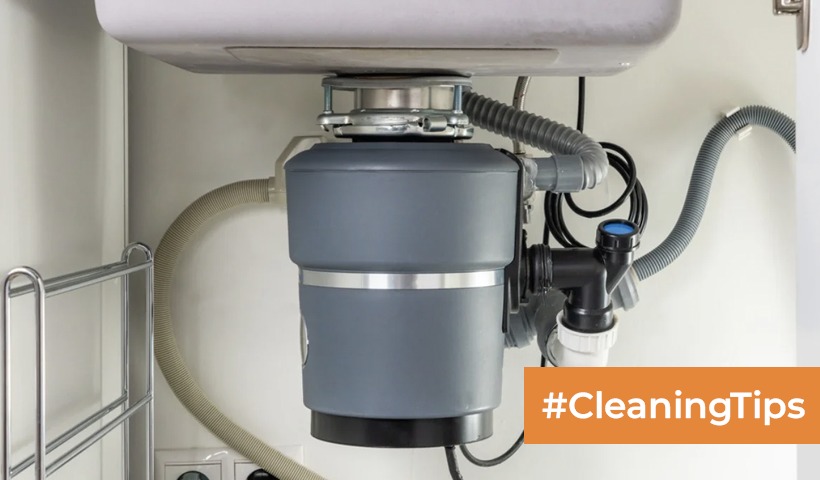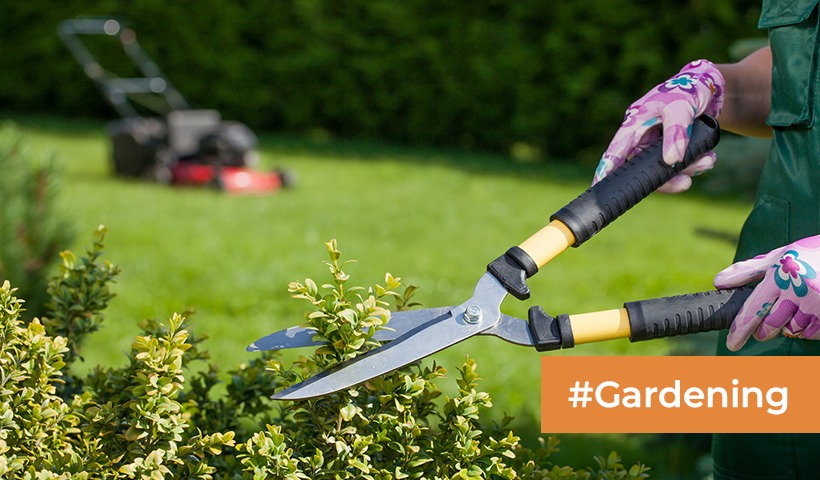How to Effectively Use a Wall Cleaner
Maintaining clean and well-presented walls is an essential aspect of home care, contributing significantly to the overall aesthetic appeal of a living space. In India, where diverse climates, cooking practices, and cultural traditions influence the cleanliness challenges faced by homeowners, having an effective wall cleaner is crucial. This article provides a comprehensive guide on how to use a wall cleaner in an Indian household, addressing common concerns and offering practical tips for achieving spotless and pristine walls.
Understanding the Importance of Wall Cleaners in India:
1. Climate Impact:
- India experiences a range of climates, from humid to arid, each presenting unique challenges for wall cleanliness. Wall cleaners play a pivotal role in removing accumulated dust, humidity-induced stains, and other environmental factors affecting the walls.
2. Culinary Residues:
- Indian cuisine often involves the use of spices, oils, and vibrant ingredients that can leave residues on kitchen walls. Using a wall cleaner becomes essential to combat stubborn stains and maintain hygienic cooking spaces.
3. Cultural Practices:
- Various cultural practices, such as religious rituals, may involve the use of oils, incense, or colored powders that can leave marks on walls. Knowing how to effectively clean these areas without causing damage is crucial for homeowners.
Types of Wall Cleaners:
1. All-Purpose Cleaners:
- Versatile and suitable for a variety of surfaces, all-purpose wall cleaners are effective in addressing common household stains. They are ideal for routine cleaning and maintaining a fresh appearance.
2. Specialized Stain Removers:
- Targeted stain removers are designed to tackle specific types of stains, such as oil or ink marks. Understanding the nature of the stain is essential for choosing the right specialized cleaner.
3. Natural DIY Cleaners:
- For eco-conscious homeowners, natural DIY wall cleaners using ingredients like vinegar, baking soda, and lemon can provide effective results without harsh chemicals. These are especially useful for light cleaning tasks.
Step-by-Step Guide to Using a Wall Cleaner:
1. Preparation:
- Before using a wall cleaner, remove any loose dust or cobwebs using a soft brush or a vacuum cleaner with a brush attachment. This ensures that the cleaner can focus on addressing stains rather than surface debris.
2. Spot Testing:
- Always perform a spot test in an inconspicuous area to ensure that the wall cleaner does not cause discoloration or damage to the paint or wallpaper. This is particularly crucial for specialty wall finishes.
3. Choosing the Right Cleaner:
- Depending on the type of stain and the wall surface, choose the appropriate cleaner. For general cleaning, an all-purpose cleaner may suffice, while specific stains may require targeted stain removers.
4. Dilution for Concentrated Cleaners:
- If using a concentrated wall cleaner, follow the manufacturer’s instructions for dilution. Using undiluted cleaners can be harsh on walls and may lead to unintended damage.
5. Application:
- Apply the cleaner using a soft sponge, microfiber cloth, or a soft-bristle brush, depending on the severity of the stains. Start from the bottom and work your way up to prevent streaks.
6. Gentle Circular Motions:
- Use gentle circular motions while applying the cleaner. Avoid applying excessive pressure, especially on painted walls, to prevent paint damage.
7. Rinsing:
- After allowing the cleaner to sit for a recommended time, rinse the wall thoroughly with clean water. Use a damp cloth or sponge to remove any residue.
8. Drying:
- Allow the cleaned area to dry completely before assessing the effectiveness of the cleaning. Proper drying prevents the growth of mold or mildew.
Tips for Addressing Specific Wall Stains:
1. Oil and Grease Stains:
- For kitchen walls prone to oil and grease stains, use a mixture of baking soda and water or a mild dishwashing liquid. Gently scrub the stained area and rinse thoroughly.
2. Water Stains:
- Water stains can be addressed with a mixture of equal parts vinegar and water. Apply the solution, let it sit for a few minutes, and then gently scrub the stain.
3. Ink or Crayon Marks:
- Specialty cleaners designed for ink or crayon marks are effective. Alternatively, a small amount of toothpaste applied to the stain and gently rubbed can also work.
4. Mold and Mildew:
- For mold or mildew stains, use a solution of bleach and water (1:10 ratio). Apply the solution to the affected area, let it sit for a short time, and then rinse thoroughly.
Safety Considerations
- Ventilation: Ensure proper ventilation in the area being cleaned. Open windows and doors to allow fresh air to circulate, especially when using cleaners with strong odors or chemicals.
- Protective Gear: If using chemical cleaners, consider wearing protective gear such as gloves and goggles to prevent skin and eye irritation. Read and follow the safety instructions on the cleaner’s packaging.
- Child and Pet Safety: Keep children and pets away from the cleaning area until the walls are completely dry. Store cleaning supplies out of reach to prevent accidental ingestion.
- Avoiding Overuse: Overusing cleaners, especially abrasive ones, can damage wall surfaces. Follow recommended dilution ratios and avoid excessive scrubbing.
Maintaining Clean Walls Over Time:
1. Regular Cleaning Routine:
- Establish a regular cleaning routine to prevent the accumulation of stubborn stains. Quick spot cleaning as soon as stains occur can prevent them from becoming more challenging to remove.
2. Use of Protective Coatings:
- Consider applying protective coatings or sealants to walls, especially in high-traffic areas or spaces prone to stains. These coatings can make it easier to clean walls and prevent stains from penetrating.
3. Appropriate Wall Finishes:
- When renovating or painting, opt for washable and durable wall finishes. This ensures that walls can withstand cleaning without losing their original appearance.
4. Addressing Humidity Issues:
- Address any underlying humidity issues to prevent the growth of mold or mildew. Proper ventilation and the use of dehumidifiers can help maintain optimal humidity levels.
Maintaining clean walls in an Indian household requires a strategic approach, considering the diverse factors that contribute to wall stains and dirt. By understanding the importance of wall cleaners, choosing the right type for specific stains, and following a step-by-step cleaning process, homeowners can ensure that their living spaces remain fresh, inviting, and visually appealing. Whether dealing with the vibrant spices of Indian cooking or addressing cultural practices that may leave marks, the effective use of a wall cleaner is key to preserving the beauty of walls in Indian homes.




